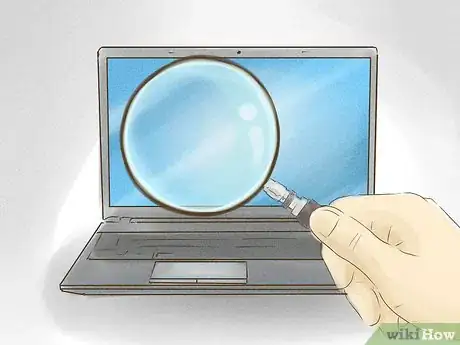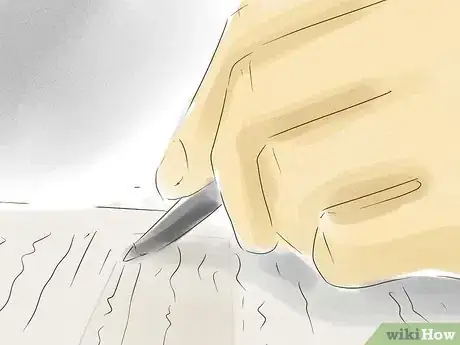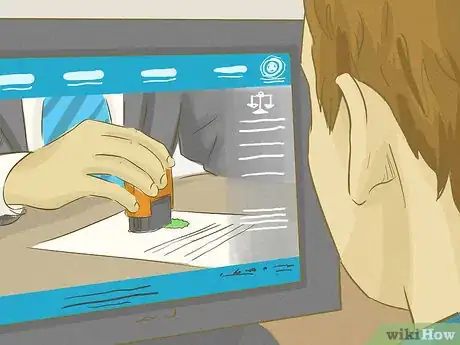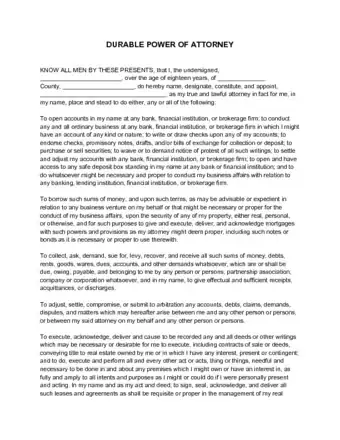This article was co-authored by Clinton M. Sandvick, JD, PhD. Clinton M. Sandvick worked as a civil litigator in California for over 7 years. He received his JD from the University of Wisconsin-Madison in 1998 and his PhD in American History from the University of Oregon in 2013.
There are 7 references cited in this article, which can be found at the bottom of the page.
wikiHow marks an article as reader-approved once it receives enough positive feedback. In this case, 91% of readers who voted found the article helpful, earning it our reader-approved status.
This article has been viewed 305,972 times.
The term “power of attorney” refers to a broad category of legal documents that assign power to a trusted individual. In the United States, a power of attorney can empower that individual to make financial, health care, estate and other personal decisions on behalf of another person.[1]
In other jurisdictions, a Power of Attorney many only deal with legal or financial affairs, not health care or personal care decisions, so it is important to know what a Power of Attorney in your jurisdiction will cover. This article is for people making Powers of Attorney in the United States.
Whether you need to get a power of attorney document notarized will depend on what state you live in and the type of power of attorney you have. This article will explain how power of attorney works and how you can ensure that your power of attorney documents are recognized in court.
Steps
Preparing a Power of Attorney
-
1Research your state laws. Not all states require that the agent and principal sign the power of attorney document in front of a notary.
- For example, in Mississippi, the power of attorney document must be signed in front of a notary.[2] In New Hampshire, signing in front of a notary is not required.[3] You can find out whether your state requires notarization for a power of attorney document on the website USLegal.com.[4]
- Even if your state does not require you to notarize a power of attorney, doing so may limit eventual challenges to the document. If notarized, there can be no question that the signatures on the document are valid.
-
2Locate the appropriate power of attorney form. Many power of attorney documents are state specific. Make sure the one you use fits your state's minimum requirements.
- It may be easiest to find one specifically designed for use in your state. Many states provide power of attorney forms online. You can also find forms via websites such as USLegalForms.com.
- Often, a power of attorney is specific for the situation. For example, a financial power of attorney allows the agent to make decisions regarding the principal's finances, but does not necessarily grant power to the agent concerning health care decisions. A general power of attorney is less specific and allows the agent to make all decisions on behalf of the principal.
Advertisement -
3Draft a power of attorney document. Power of attorney can be granted in one of two ways:[5]
- The "springing power of attorney" only grants power to the assigned agent after a certain event. For example, a power of attorney document could grant authority to someone after you are incapacitated by injury or an accident.
- A "durable power of attorney" goes into effect either immediately or from a specified date onward. The agent does not need to prove your incapacity in order to act on your behalf.
Completing a Notarized Power of Attorney Document
-
1Fill out the forms. Fill out the form in accordance with state requirements. Your power of attorney document must fulfill certain basic requirements:[6]
- It must clearly identify the principal (the person who is granting the power). The document should use the full legal name of the principal.
- It must identify the agent (the person who is granted specified powers). The document should include the full name of the agent.
- The form should stipulate exactly what authority the principal is handing over to the agent. For example, the principal could hand over only financial authority to the agent (the power to control the principal's bank accounts) or health care decision making authority (so the agent could make health care decisions on behalf of the principal).
- The document should be clearly titled “Power of Attorney.” It should include the date at which the power will go into effect or the circumstances (such as the incapacitation of the principal) that will cause it to be enacted.
-
2Consider hiring a lawyer to review the document before you get it notarized. A lawyer can read the document and point out any errors or loopholes that need to be closed. For example, an attorney may notice that the document uses language that could been seen as ambiguous, and therefore could lead to confusion.
- An attorney can review the document at any time, but it will require notarization again if changes are necessary. You may be able to save time by having it examined before a final copy is notarized.
-
3Find a notary public. You can find a notary in communities of almost any size. There should be one located near you. The American Society of Notaries has a Notary Locator you can use to find a notary in your area.[7]
- Once you have located a notary, you may want to make an appointment before going in, to make sure that the notary has time to answer any questions. However, an appointment is usually not required.
- Banks often offer notary services to their customers free of charge.
- Many post offices and mailing centers keep a public notary on staff.
- If you have the power of attorney prepared or reviewed by an attorney, it may be possible for the law firm to notarize the document.
-
4Meet with the notary and sign the document in their presence. The notary must witness both the agent and the principal signing the power of attorney, so make sure you complete the form (with the exception of the signatures) before meeting with the notary. If either the agent or the principal have signed the document before meeting with the notary, another, unsigned copy of the document will need to be notarized.
- Make sure that both the agent and principal bring their identification (drivers license or another photo id) to show the notary. This will enable the notary to verify the identities of the parties.
Sample Power of Attorney Forms
References
- ↑ https://www.law.cornell.edu/wex/power_of_attorney
- ↑ http://info.legalzoom.com/write-mississippi-power-attorney-21511.html
- ↑ http://info.legalzoom.com/durable-power-attorney-health-care-new-hampshire-22375.html
- ↑ http://powerofattorney.uslegal.com/state-laws/?_ga=1.261445517.1676299220.1423340119
- ↑ http://money.cnn.com/magazines/moneymag/money101/lesson21/index5.htm
- ↑ http://www.americanbar.org/groups/real_property_trust_estate/resources/estate_planning/power_of_attorney.html
- ↑ https://www.asnnotary.org/?form=locator
- ↑ http://powerofattorney.uslegal.com/state-laws/?_ga=1.261445517.1676299220.1423340119
About This Article
Before notarizing a power of attorney, consider having it reviewed by a lawyer, since any subsequent changes will require new notarization. Then, go online to the American Society of Notaries to find a notary, or contact a local bank to see if they offer notary services. When you’ve located a notary, take your completed but unsigned power of attorney to them, along with your driver’s license or other government-issued identification. Additionally, be prepared to sign the document in the notary’s presence. For tips from our Legal reviewer on how to prepare your power of attorney, scroll down!





































































